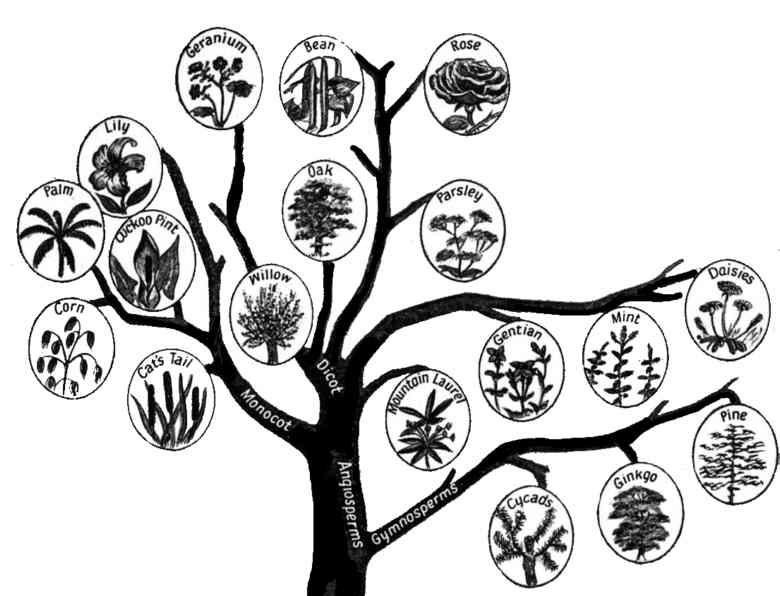BACKGROUND:
Angiosperms produce specialized structures
called flowers in which seeds develop. Angiosperms are the dominant members of
the world's flora. Angiosperms are flowering and fruit producing plants. The
angiosperms may be divided into the monocots and the dicots. Seeds and fruits
may be variously modified, a factor that frequently assists in seed dispersal.
Wind, animals, (including humans), and water are the most important agents of
dispersal.
Gymnosperms produce unenclosed seeds
located on the upper surface of scales, which are usually parts of cones. Most
conifers are woody plants and are usually large with leaves that are usually
evergreen needles or scales. Conifers are the most abundant gymnosperm today.
Pines, spruce, fir, cedars, sequoias, redwoods, and yews are all conifers.
Conifers cover large areas of North America, China, Europe, and Australia. The
leaves of conifers are long and thin, and are often called needles. Even
though the name evergreen is commonly used for these plants, it isn't accurate
because needles don't remain on conifers forever.
Conifers have male and female
reproductive structures called scales. Scales are grouped into larger
structures called male and female cones. Male cones make male gametophytes
called pollen. Female cones make female gametophytes called eggs. Later, the
female cones hold seeds that develop on their scales. Each seed is covered by
a seed coat, but the seed isn't protected by the cone. Since the seeds sit
"naked," or on the outside of the scales, conifers are called naked
seed plants, or gymnosperms ("gymno" means naked; sperm means seed).
PROCEDURE:
Most students are familiar with trees but may not be
familiar with how to group them into angiosperms
and gymnosperms. In this lab, the students will take a closer look at the
different organs and tissues of each type by trying to identify them. If
your school has different types of trees, you can use them to substitute for
this lab.
- Students should look at their specimens
and try to identify the parts of the trees and identify whether the specimen
is a seed, fruit, flower, bark, cone, or any other part of the tree.
- Instruct students to draw their
specimens on the lab sheet. If you have reference material on identifying
trees this would help guide the students to do a little research. The
individual type of tree is identified in the module.
- If you have trees in a nearby area, take the students
on a walk and try to identify an angiosperm (with flowers or seeds) versus
a gymnosperms (with cones).
- Draw a tree similar to the one below, that shows a
tree branching into gymnosperms and angiosperms. Then show the
different types.
